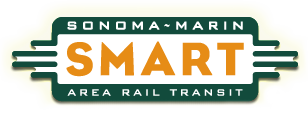 Wednesday morning rail news in brief:
Wednesday morning rail news in brief:— Sonoma-Marin Area Rail Transit is preparing to buy out Northwestern Pacific Railroad, the freight hauler that shares its tracks, giving it full control of its right-of-way and facing a decision whether to operate freight service itself or find a contract operator. The Santa Rosa Press Democrats reports the Northwestern Pacific would sell its rights and equipment for $4 million, while the state of California would provide almost $4 million to pay off debts owed by the state agency that oversees the freight operation. The SMART board is scheduled to consider the proposal today; if the board approves, it would then have to be approved by Gov. Gavin Newsom prior to a June 1 deadline.
— New York’s Metropolitan Transportation Authority may limit capacity on Long Island Rail Road trains, create a reservation system, and introduce thermal imaging to take the temperature of every passenger before boarding in its effort to win back riders after the COVID-19 outbreak. MTA and LIRR officials discussed these prospects and others Tuesday in a webinar sponsored by the Long Island newspaper Newsday. Also under consideration a prohibition of using the middle seat on the three-seat side of LIRR equipment, which has five-across seating.
— A study for California’s Tri-Valley-San Joaquin Valley Regional Rail Authority indicates the proposed Valley Link rail service could generate 22,000 jobs with a collective income of $1.35 billion during construction, and when operational would support 400 jobs with over $19 million in income and generate $69 million in business sales annual in Alameda County. The Livermore, Calif., Independent reports the study by PGH Wong Engineering Inc. looked both the immediate impact of construction and the long-range impact of operations and maintenance. The Valley Link project would bridge the 42 miles between the Dublin/Pleasanton BART station and the proposed North Lathrop station on an extended Altamont Corridor Express commuter rail network.






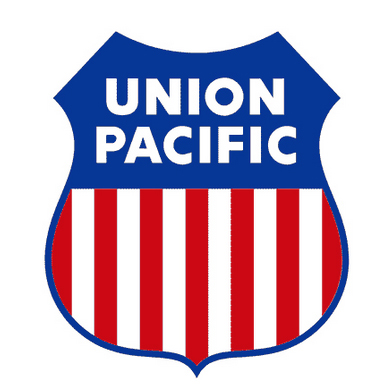
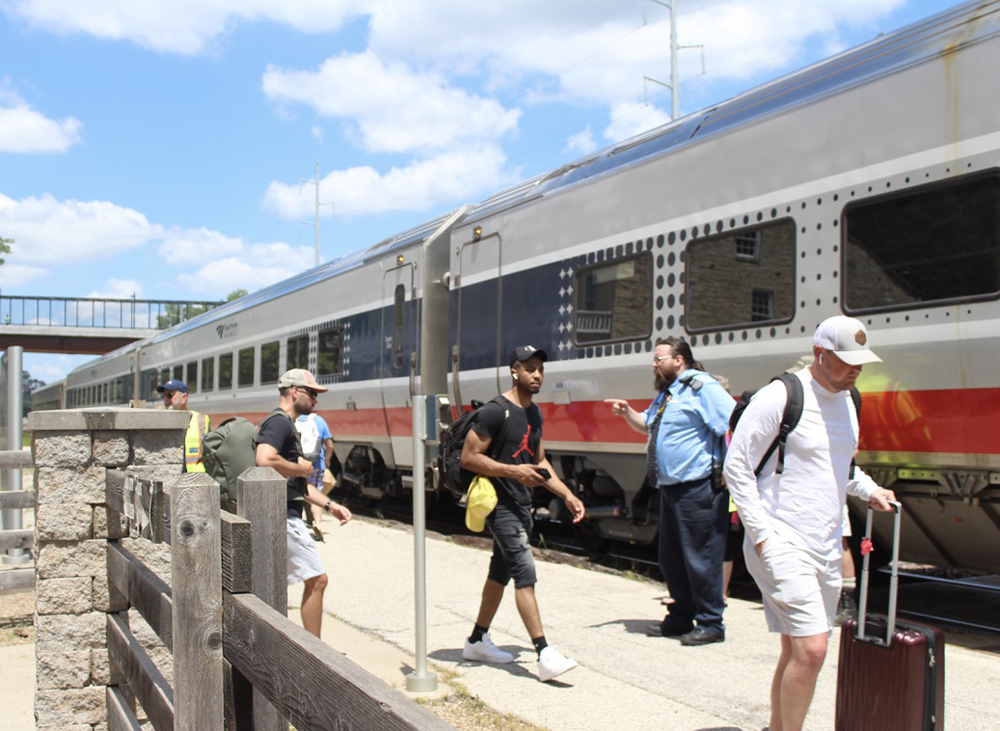
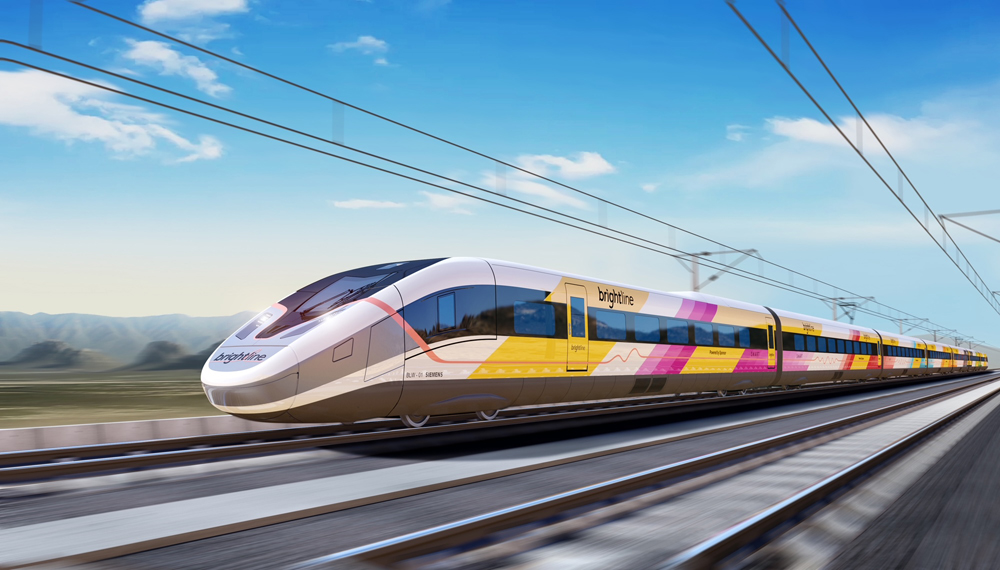
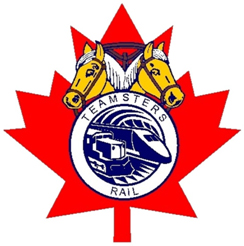




I’d love to see service restored to Eureka. I arrived in Eureka for a year or so shortly after the Eel River Canyon damage. There was still operable equipment in the Eureka yards, and still some railroad employees hoping to see the trains operating again.
What happens if you don’t have a fever when you take LIRR to work, but have a fever later and have to go home?…
Yo, ANNA, ANNA, ANNA, thanks for your info on Marin County. Your post is informative and well written. You want my opinion? My opinion is that if Marin, Sonoma, etc. want to boil in their hot tubs than they will have to boil in their hot tubs. What’s the solution to transit or highways in that area? There isn’t a solution. I’m not exactly familiar with Marin (was there in 1973, once) but I kind of know the issues. Now let’s go way east and a bit south, Metro Nashville Davidson County and suburban Rutherford County. What’s the problem? Too many people living in an area chopped up by natural geography, Tennessee roads were designed by 1970’s rejects from the other 49 state highway departments, transit is nonexistent, and the railroads are not suitable for commuter trains. The solution: buy a hot tub, nothing else will work, there is no solution to the transportation gridlock.
Here. Read this. https://www.marinmagazine.com/remnants-of-the-rail-era/ .
Mister Staten: I can’t speak for either NWP or SMART but I can give you some historical background. You’ll need a map for this. Back when in the 1960’s when BART started to be seriously considered, the original proposal had it going across the Richmond Bridge into Marin County and then into Sonoma County. This was in the days before the population explosion and the area was affordable. It was put to the vote and Sonoma County wanted in but Marin did not. Also at the time the NWP (which has a colourful history, you should read up on it) had an active line from Novato through San Rafael and on to Sausalito. Sometime in the early 1970’s the last train from Sausalito came through, left a caboose and a boxcar in Sausalito, and went to Schellville.The drawbridge at Sir Francis Drake BLVD was raised and the whole thing was left to rot. Freight traffic north of Schellville to Eureka continued until sometime in the 1990’s when a big storm came through, destroyed the line through the Eel River, and that was pretty much the end of the NWP as an operational railroad. In these three decades the population grew enormously, the area was built up, the wine industry became an economic powerhouse, and the main artery, 101, became insanely crowded. The idea of SMART was born. The line east from Novato to Schellville parallels Highway 37, and after Schellville was SP (has changed hands several times since) and comes out in Napa Junction (Adelante). From there, there is a line to Vallejo, and a line east to the national network. North of Novato the NWP interchanged with California Western in Willits (Skunk train), and then on to Eureka. All this ROW has changed hands several times in the last 40 years, you need to read the history, I can’t include it here. But the point is, south of Willits the ROW is dilapidated but relatively intact, it is still contiguous, and has been eyed hungrily over the years as a transportation corridor as the area has developed. There are factions within SMART who would like to get their hands on all of what I have described and put in a transit system, and it would serve the entire North Bay. Back to BART. BART is not a transit system – it is half of a transit system in that it does not extend north into Marin. If SMART gets hold of the ROWs I am describing and installs an extended transit system it will also not be a transit system – but only half of one, as it will not connect to the East Bay and BART. But also BART uses its own gauge and so the two half systems cannot connect seamlessly, although you could possibly have a transfer station in Richmond. All this would take enormous pressure off 101, 80, 37, 12, 29, 121, and various other major arteries in the area. On the other hand this was and is still the land of hot tubs and peacock feathers, where everyone is brought up to be a special snowflake, and nobody likes those nasty, smelly, noisy trains rumbling through – cars are so much more hygenic, didn’t you know? So the history is complex, the transportation authorities in the North Bay are desperate to do anything they can to relieve the pressure on the major roadways, and they would very much like to get their hands on this ROW. Now for extra credits (assuming you have read all of this) the frozen foods place in Novato. What was it called, and describe the mural on the side of the warehouse facing 101. And for double extra credits, what was the graffiti on the boxcar which NWP left in Sausalito behind the Big G Supermarket? The usual rant about Trains, the usual disclaimers, and I’ll see you at the open air shower down at B Dock behind the Evenrude dealer.
GERALD – You are correct. Maybe I mis-spoke. The economic generation of construction is easy to project but the economic generation of providing the service after completion is nothing but a guess.
Esteemed commenters: boosters of large projects (stadiums, convention centers, rail lines, etc.) rarely stop at “(labor required x (wages+benefits)) + materials cost = economic impact.” Instead, they take that number and run it through a series of multipliers that purport to show the effect of those dollars circulating through the community over time. Sadly, these multipliers take us well beyond simple math and into the dismal science of economics – and politics.
Terry Green and Charles Landey,Estimating economic activity from construction is rather straight forward, you know what the wages for construction work in the area roughly are, you can estimate the number of jobs needed for what ever work is required and then use simple math to figure out the dollar amount.
I would be interested to know why SMART wants to do this, are they having trouble with the NWP or do they think they can do better and gain some added income. With the COVID situation and the failure of a sales tax measure to help with funding SMART is having some issues. I would like to ride this line but have not gotten a chance to.
If SMART finds a contract operator, it better not be Iowa Pacific.
Of all cost and benefit projections (guesses, spin, horse droppings, whatever) the one least worthy of believing is the economic impact.
The Governor is also involved in the SMART deal because the track that isn’t owned by SMART (all the way to Eureka) is owned by the state through the North Coast Rail Authority.
I hope no one takes the “Economic Impact Analysis” cooked up by Valley Rail’s consultant very seriously. These models start with estimates of project costs and then spin indirect circulation of money in the economy into spectacular outcomes. These studies never consider what might happen if the project under study takes a different form, or doesn’t go forward at all. If work for people is the most important thing, there might be even more productive things one could do with as much as $3.1 billion in public funds…
As the Napa Valley Register article explains, a lot of process here was set out in Mike McGuire’s 2018 bill to sort out literally scores of North Coast rail transportation issues dating back decades. The Governor is involved because state money is involved and the legislature wanted some kind of sign-off on whether state funds were being used appropriately – without having to do that itself on some unpredictable timetable. A reasonable function of the executive department, it seems to me.
Why does Gavin Newsom have any power to approve what SMART does? Who made him dictator?